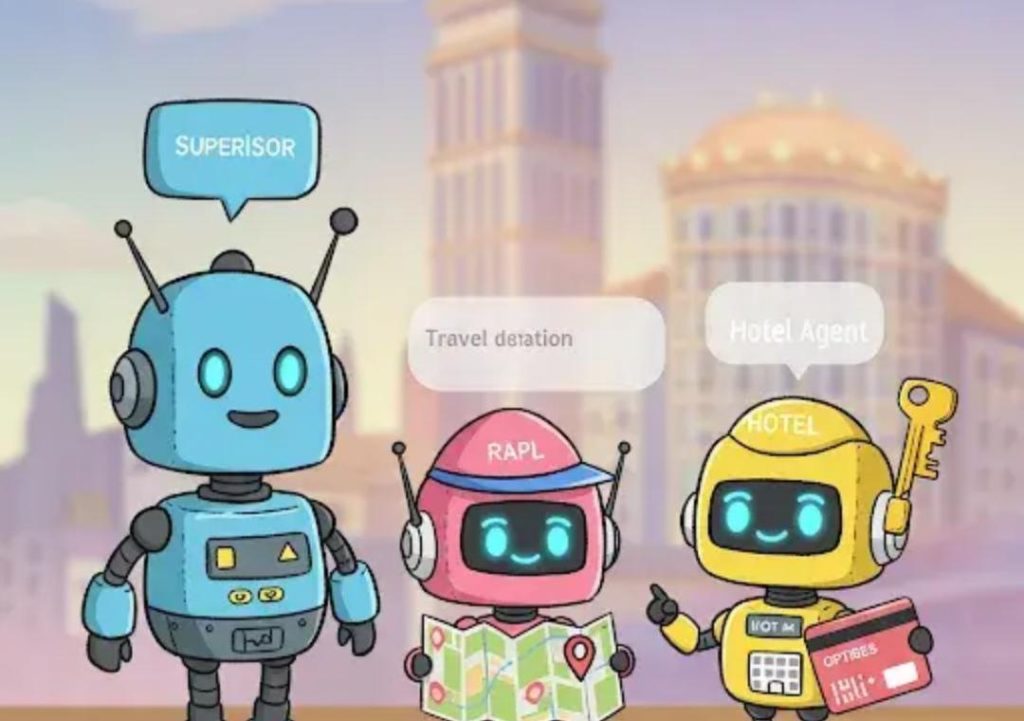
Multi-agent collaboration mimics real team dynamics
In the world of artificial intelligence, relying on a single agent to complete a task can be like trying to tackle a complex project solo. But what if you could deploy a team of agents, each with their own strengths and specializations, to tackle the task together? This is exactly what multi-agent systems aim to achieve, creating digital workflows that mirror human teamwork, but at machine speed and scale.
In this blog post, we’ll explore how multi-agent collaboration can benefit your AI projects and provide a more realistic representation of human teamwork.
The limitations of single-agent AI
Traditional AI systems typically involve a single agent, designed to perform a specific task or set of tasks. While these agents can be incredibly effective in their respective domains, they often lack the flexibility and adaptability of human teams. For example, if a single agent encounters an unexpected issue, it may struggle to adapt and find a solution.
In contrast, human teams often consist of individuals with diverse skill sets and expertise. When faced with a complex problem, team members can collaborate, communicate, and specialize to find a solution. This is precisely what multi-agent systems aim to replicate.
The benefits of multi-agent collaboration
So, what makes multi-agent systems so effective? Here are a few key benefits:
- Specialization: By assigning different agents to specific tasks, you can capitalize on their unique strengths and expertise. This leads to more efficient and effective task completion.
- Communication: Agents can communicate with each other, sharing knowledge and insights to achieve a common goal. This allows for a more comprehensive understanding of the task at hand.
- Flexibility: If an agent encounters an unexpected issue, it can quickly adapt and adjust its approach by communicating with other agents.
- Scalability: As the complexity of the task increases, you can simply add more agents to the team, rather than relying on a single agent to handle the workload.
- Error reduction: By spreading the workload across multiple agents, you can reduce the risk of errors and improve overall system reliability.
Real-world applications of multi-agent collaboration
So, how can you apply multi-agent collaboration to your AI projects? Here are a few examples:
- Research and validation: Assign one agent to conduct research, another to validate the findings, and a third to report the results.
- Data-intensive tasks: Use multiple agents to process and analyze large datasets, with each agent focusing on a specific aspect of the data.
- Predictive modeling: Deploy agents with different expertise to develop and validate predictive models, ensuring a more accurate and comprehensive understanding of the data.
- Customer service: Create a team of agents to handle customer inquiries, with each agent specializing in a specific area of expertise.
Building multi-agent systems
So, how do you get started with building your own multi-agent system? Here are a few key steps:
- Define the task: Clearly define the task or set of tasks you want the agents to perform.
- Design the agents: Design each agent with specific strengths and expertise, and assign them to specific tasks.
- Develop the communication framework: Establish a communication framework that allows agents to share knowledge and insights.
- Test and refine: Test the system and refine it as needed to ensure optimal performance.
Conclusion
In conclusion, multi-agent collaboration is a powerful approach to AI development, mimicking the dynamics of human teamwork and offering a range of benefits, including specialization, communication, flexibility, scalability, and error reduction. By deploying a team of agents to tackle complex tasks, you can create digital workflows that are more effective, efficient, and reliable.
Source



